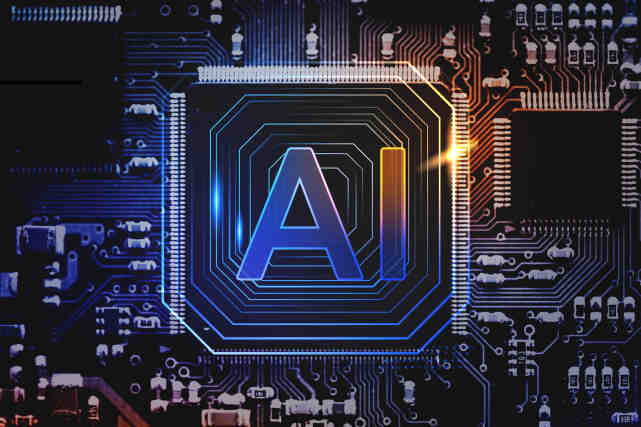


This article explores the role of Generative AI in food supply management, its benefits, challenges, and the future it promises.
Managing the food supply chain has become increasingly complex due to rising global demand, evolving consumer habits, and frequent disruptions in logistics. Traditional systems often fall short in addressing these modern challenges. Enter Generative Artificial Intelligence—a transformative technology redefining how food is produced, transported, and consumed.
This article explores the role of Generative AI in food supply management, its benefits, challenges, and the future it promises. From demand forecasting to sustainable practices, Generative AI is poised to revolutionize the food industry.
Generative AI is a type of artificial intelligence focused on creating new content—be it text, images, or data patterns—based on the information it has learned. Unlike traditional AI, which mostly analyzes or classifies existing data, generative models can simulate new scenarios, generate product designs, or optimize systems dynamically.
Food supply management ensures the availability, safety, and affordability of food. Challenges such as demand fluctuations, inventory losses, and logistics disruptions can cause food waste and economic losses. Optimizing this system is critical to meet global food demands efficiently and sustainably.
Generative AI isn’t alone in transforming the food sector. Other technologies contribute as well:
Together, these technologies enhance every stage of the food supply chain—from farm to fork.
Changing consumer preferences, seasonality, and external events make demand forecasting difficult. Generative AI can analyze vast datasets and generate predictive models to anticipate future trends.
Managing perishable goods involves balancing supply and demand while minimizing waste. Generative AI helps determine optimal inventory levels based on shelf life, consumer patterns, and logistical constraints.
From natural disasters to transportation delays, any break in the chain can cause shortages. Generative AI can simulate alternate routing and contingency plans, boosting supply chain resilience.
GANs can simulate realistic product visuals or model logistical scenarios. In food marketing, they are used to create lifelike food images.
VAEs are used for anomaly detection, helping identify defective food batches or unusual consumption patterns.
RNNs excel at forecasting tasks, such as predicting seasonal demand or analyzing recurring inventory cycles.
Generative AI models analyze past sales, weather data, and event calendars to predict demand with high accuracy. This reduces both stockouts and overstock situations.
Real-time adjustments allow businesses to modify orders quickly during holidays, promotions, or disruptions, improving both profitability and customer satisfaction.
Monitoring machine health through sensor data allows AI to predict failures before they happen, reducing unplanned downtime in food processing facilities.
AI tracks shipment conditions like temperature and humidity. Alerts can be triggered when food safety parameters are breached, ensuring quality is maintained during transport.
From detecting contaminants to ensuring food meets regulatory standards, Generative AI systems provide automated quality checks throughout production.
AI reduces food spoilage by aligning stock levels with real-time consumption trends. For perishable goods, this is especially impactful.
AI optimizes the use of water, energy, and raw materials, particularly in agriculture and production. This contributes to lower operational costs and environmental impact.
AI-generated route planning reduces emissions and fuel usage by finding the most efficient delivery paths.
While automation enhances efficiency, it may also reduce demand for certain labor roles. However, it creates opportunities for AI engineers, data analysts, and maintenance professionals.
Real-World Impact
Generative AI is already being piloted in companies focused on supply chain optimization, dynamic pricing, smart farming, and food delivery. These innovations demonstrate AI’s potential to bring not only cost savings but also meaningful environmental and consumer benefits.
For those interested in mastering these technologies, many AI courses now include modules on generative models specifically applied to agriculture and logistics—highlighting the growing importance of this field.
Generative AI offers a powerful toolkit to tackle modern food supply challenges. From demand forecasting and logistics to sustainability and safety, its applications are wide-ranging and impactful. As adoption grows, the food industry is likely to become more adaptive, resilient, and resource-efficient.
